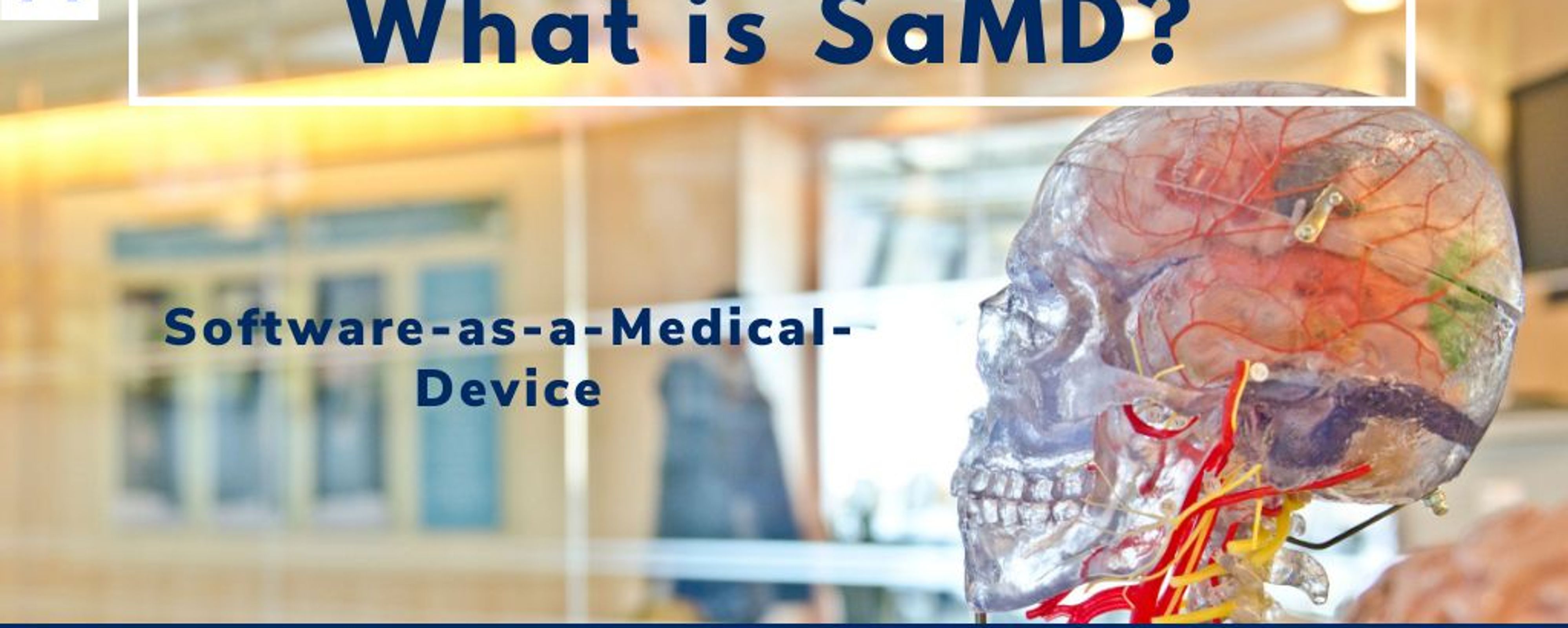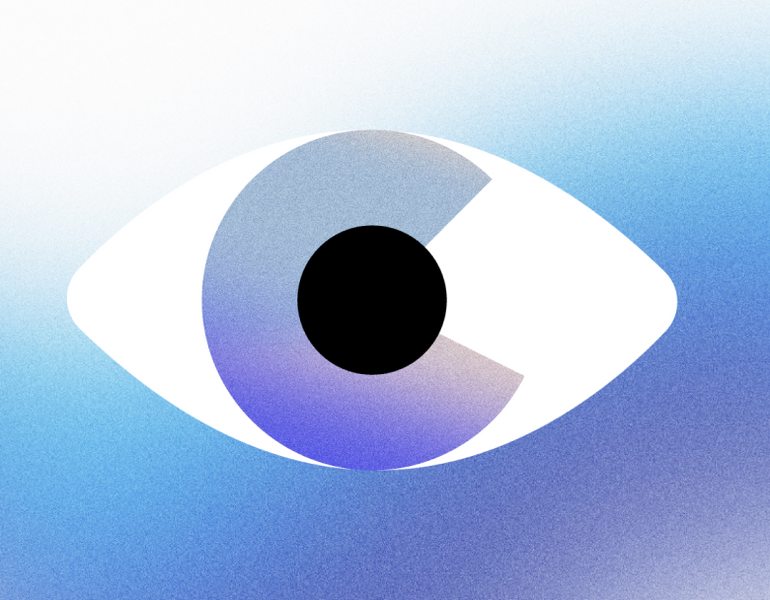Software as a Medical Device: What is SaMD?
In the realm of medical software, Software as a Medical Device (SaMD) is a relatively new area of technology that represents one of the leading edges of medical technology.
But, what is SaMD exactly? What are the benefits to patients, healthcare providers, start-up device manufacturers and investors looking to explore this new and exciting branch of digital health?
This article will answer all of those questions and provide you with what you need to know regarding the current state of Software as a Medical Device in today’s current marketplace.
What is SaMD? An Explanation
When looking to answer the question “ what is SaMD?” the best source of information is the International Medical Device Regulators Forum (or IMDRF) who define Software as a Medical Device as:
“Software intended to be used for one or more medical purposes that performthesepurposes without beingpart of a hardwaremedical device.”
Or in other words, the software is the device itself.
Now, it is still possible for software that resides within an existing piece of hardware to be classified as SaMD, as long as the software in question is solely performing the medical purpose without the aid of the hardware.
Have an SaMD Concept You Want to Develop, but You Aren’t Sure if It Will Go the Distance?
Inquire about our concept validation services today!
Get in TouchWhat is SaMD? 5 Key Benefits of Software as a Medical Device
There are numerous benefits to embracing medical device software as a service. Not only for patients and healthcare providers but for device manufacturers and SaMD investors as well.
1. Real-Time Monitoring & Alerts
Wearable SaMD technology presents a wide range of applications that can improve the speed and quality of care medical practitioners are able to provide. The Apple Watch, for instance, needed the FDA to sign off on its EKG functionality before it could be sold to the mass market, as that function was accurate enough to be considered medically relevant.
If a doctor was able to monitor a patient’s vitals in real-time, minute fluctuations over time might be able to alert the doctor to prevailing health issues that would have otherwise gone unnoticed.
This would enable the healthcare provider to enhance their treatment plans and perhaps even increase the effectiveness of their preventative care.
2. Fast & Accurate Data Collection
Any medical expert will agree, data collected straight from the source is always more accurate. SaMD has the ability to rapidly gather data faster than any one individual is able to, meaning that valuable insights can be gleaned more quickly in pursuit of disease treatment.
3. Data Trending & Analysis
With the collection of fast and accurate data comes the ability to analyze and produce data models that can be used as vital sources in clinical evaluation.
SaMD tools and software systems that gather, analyze and trend data can support clinicians in making swift and informed decisions.
4. Strict Regulations
For device manufacturers and investors, strict regulations are actually a very good thing. Because regulations on SaMD technology require manufacturers to put in a substantial amount of time and effort into development, it means that there will be a limited number of producers that actually follow through with final production, drastically reducing the field of competitors.
5. Rigorous Testing & Development
Because SaMD regulatory requirements impose such strict burdens on the design and performance of the technology, those that make it to market are thoroughly tested and developed.
For investors and SaMD companies, this is a huge benefit because the increased level of SaMD testing heightens the software’s confidence among medical practitioners who are more likely to be in favour of adopting any device that includes the SaMD.
Become an Expert in Innovation by Reading About Our Expert Insights Today.
What is SaMD? Making Sense of SaMD Regulations
Various regulatory bodies are responsible for imposing regulations on any newly manufactured SaMD. The requirements will vary from country to country, but in most cases, the regulatory requirements will be centered around maintaining the integrity of the software’s data.
For any device that collects and transmits personal health information, it would need to abide by and follow the strictures set out by the Health Information Portability and Accountability Act (HIPAA) as well as the Food and Drug Administration (FDA) in many instances.
There are also considerations to be made based on the type of function the SaMD provides. For instance, could a failure harm the patient in any way? If yes, that device will likely be subject to much stricter regulations than a device that merely monitors patient health information.

SaMD in the Market: Software as a Medical Device Examples
For SaMD in the marketplace, there are currently 3 prevailing trends in terms of the various types of applications we’re seeing from device manufacturers.
1. Wearable Technology
The primary application of SaMD in the wearable technology market would be for devices that can monitor patient information in real time and send instant alerts to healthcare providers.
2. Internet of Medical Things (IoMT)
Through a system of interconnected medical devices and healthcare facilities, SaMD would make it easier and faster to share data to help with swift and informed decision-making.
3. Telehealth
Recently, the need for remote healthcare and consultations has exploded, but the technology hasn’t quite caught up to the need yet. With the proper innovation of SaMD, telehealth could be utilized as a more robust system, capable of gathering more sensitive data at a distance,
What Does SaMD Mean for Start-Ups? Getting the Help You Need
If you’re planning on developing your own SaMD for the marketplace, why not make use of Normative’s extensive experience helping medical start-ups get off the ground.
Get in touch today to see how we can help you successfully bring your SaMD to market.



